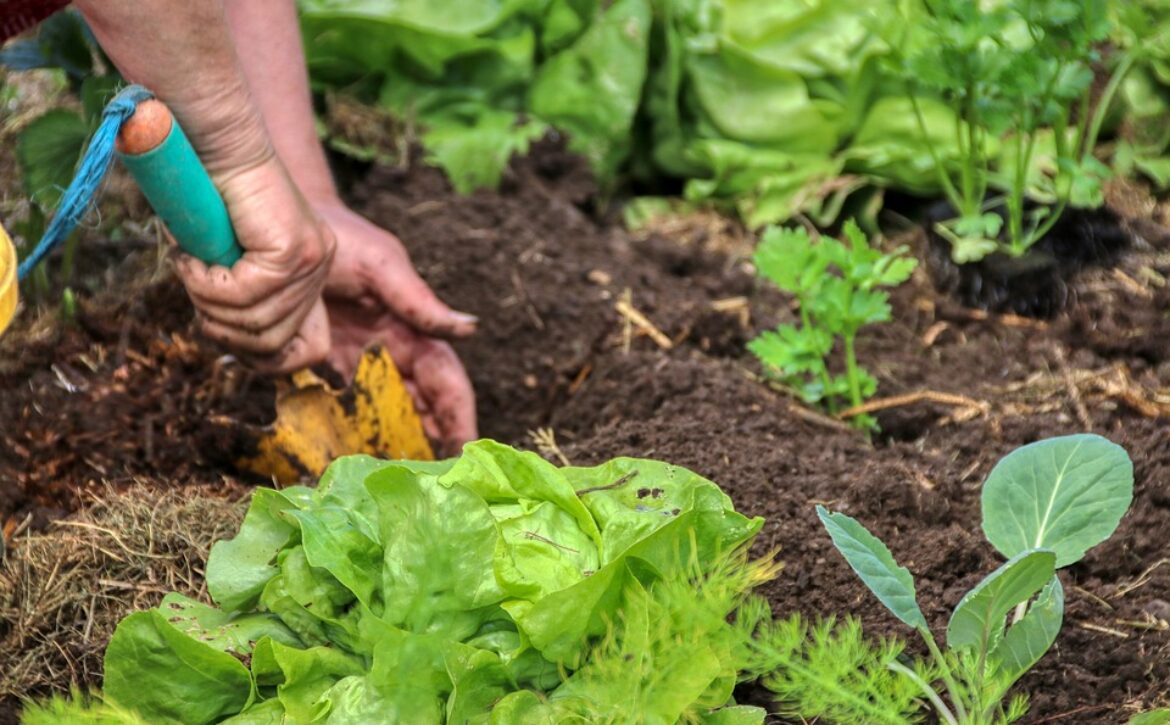Leafy Trouble: Why Fall Gutter Cleaning?
Why Fall Gutter Cleaning is a Must-Do 🍂🧼
As the leaves turn golden and the air gets crisp, it’s time to think about more than just your cozy sweaters and pumpkin spice lattes. Fall is also the perfect time to tackle a crucial home maintenance task: cleaning your gutters! Whether you have covered gutters or live in the South, removing debris is vital to ensuring proper drainage.
The Leafy Build-Up: Not Just a Mess
As beautiful as those fall leaves are, they have a sneaky way of clogging your gutters. When leaves, twigs, and other debris accumulate, they can block the flow of rainwater. This can lead to several issues, including:
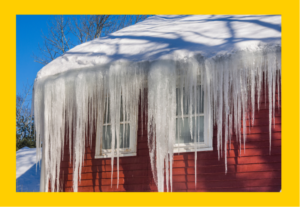 Ice Dams: When gutters are clogged, rainwater can back up and freeze. This creates ice dams, which are essentially frozen barriers that prevent water from draining properly. When ice dams form, they can cause water to seep under your roof shingles, leading to leaks and water damage inside your home.
Ice Dams: When gutters are clogged, rainwater can back up and freeze. This creates ice dams, which are essentially frozen barriers that prevent water from draining properly. When ice dams form, they can cause water to seep under your roof shingles, leading to leaks and water damage inside your home.
Erosion: Overflowing gutters don’t just affect your home—they also wreak havoc on your yard. Water that spills over can erode soil, damage landscaping, and create unsightly puddles or even flooding in your yard. This erosion can undermine the foundation of your home if not addressed.
The Benefits of a Gutter Clean-Up
 Prevent Water Damage: By cleaning out your gutters, you ensure that rainwater is directed away from your home properly. This helps prevent leaks, water damage, and potential mold growth.
Prevent Water Damage: By cleaning out your gutters, you ensure that rainwater is directed away from your home properly. This helps prevent leaks, water damage, and potential mold growth.
Extend Gutter Life: Regular cleaning reduces the risk of rust and deterioration, extending the life of your gutters and saving you money on replacements.
Maintain Curb Appeal: Clean gutters look better and contribute to the overall neatness of your home. Plus, it’s one less thing you’ll need to worry about when winter arrives.
TIP: If it's dry, use a leaf blower to quickly clear debris. Got a drone? Fly it over your gutters—the air blast can push debris off your roof and out of your gutters!
Cleaning your gutters might not be the most exciting fall activity, but it’s essential for protecting your home. By taking care of those gutters now, you can avoid ice dams, prevent erosion, and keep your home in tip-top shape. So grab those gloves and a ladder, and get to cleaning!


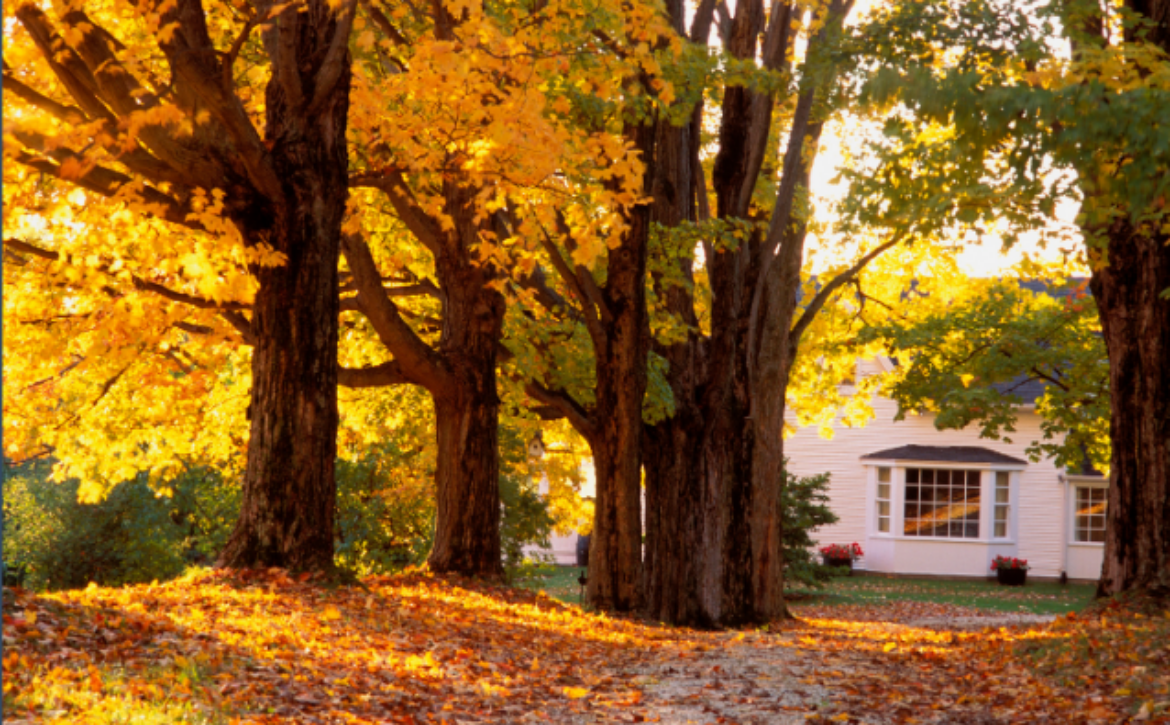
 Pros:
Pros: Pros:
Pros: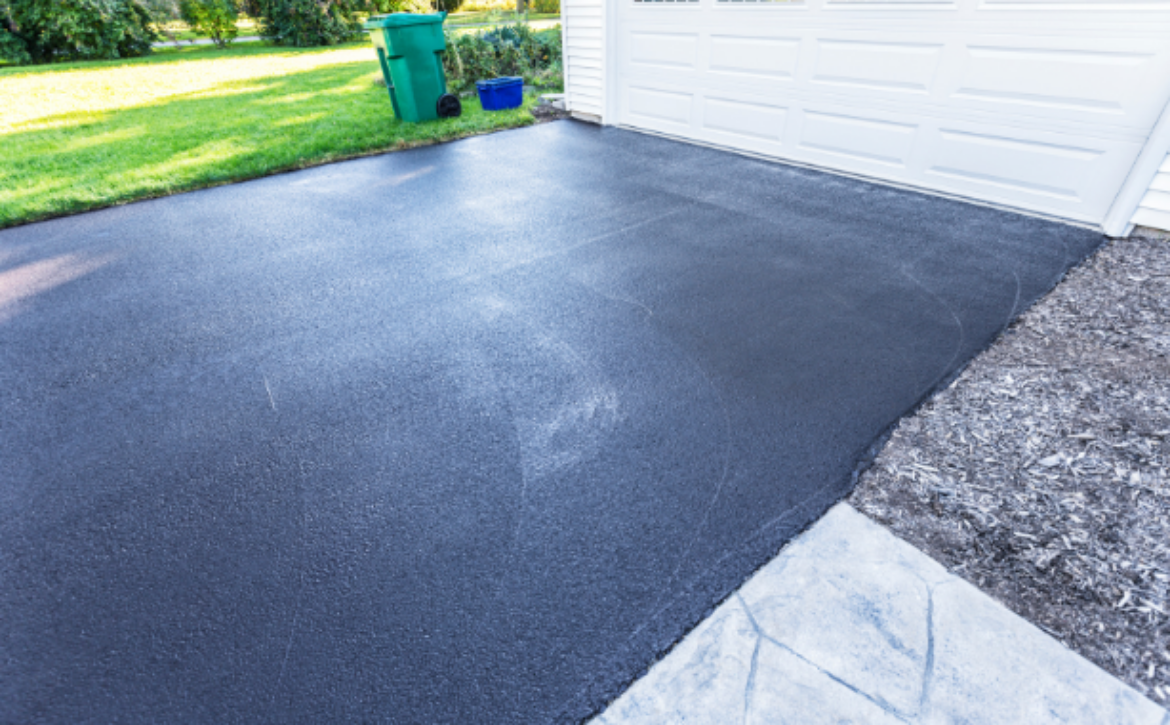

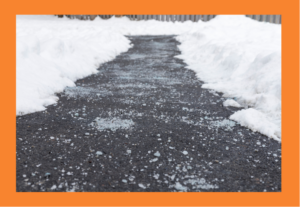 Pros of Using Salt:
Pros of Using Salt: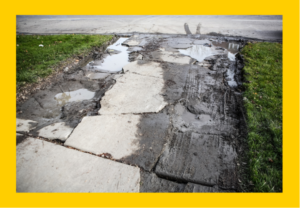 Size and Depth:
Size and Depth:
 1. Late Winter to Early Spring (Dormant Season)
1. Late Winter to Early Spring (Dormant Season) 2. Late Spring to Early Summer (After Bloom)
2. Late Spring to Early Summer (After Bloom) 3. Fall Pruning
3. Fall Pruning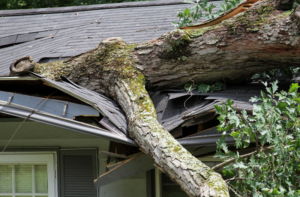 Pro tip: Swap out that bark mulch for rock edging—it’s not just stylish, it’s also a great fire safety barrier. And when those storms roll in with their high winds, you’ll be glad you kept your trees in check to avoid damage and downed powerlines. Keep these tips in mind as you plan your next landscaping masterpiece! 🌿
Pro tip: Swap out that bark mulch for rock edging—it’s not just stylish, it’s also a great fire safety barrier. And when those storms roll in with their high winds, you’ll be glad you kept your trees in check to avoid damage and downed powerlines. Keep these tips in mind as you plan your next landscaping masterpiece! 🌿